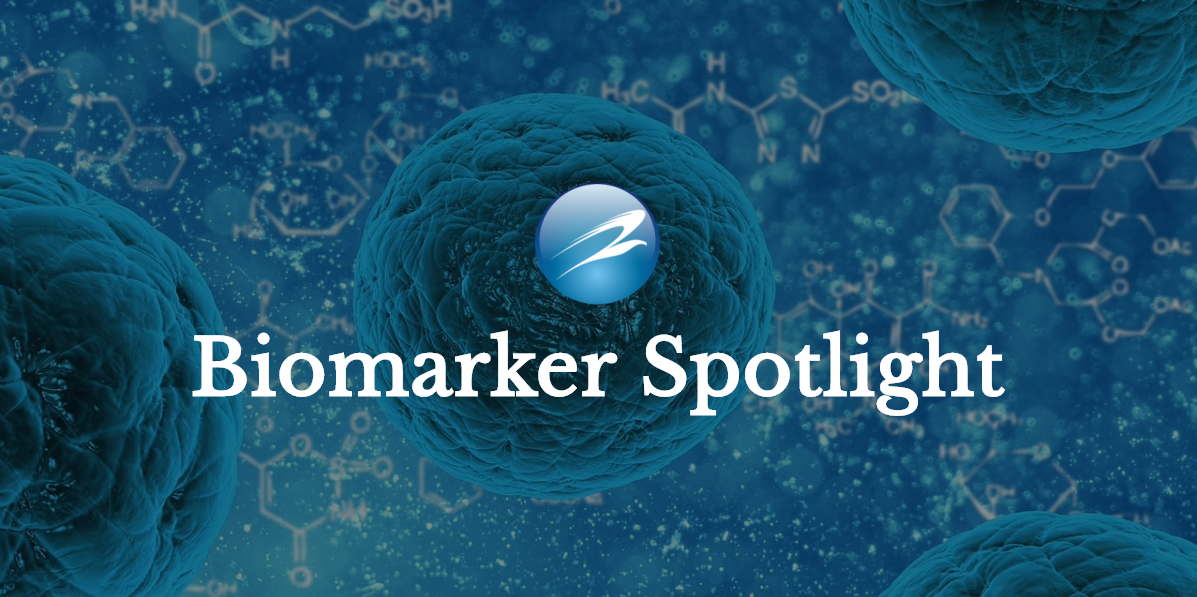
Noggin is a secreted homodimeric glycoprotein that is involved in the development of many body tissues, including nerve tissue, muscles, and bones. Noggin is crucial during embryogenesis and is involved in the regulation of several developmental processes, including neural tube formation, cardiomycyte growth, skeletal development, and joint formation. Noggin is highly conserved in vertebrates, and is found in certain areas of the central nervous system, lungs, skeletal muscles, and skin of adults.
Why is it important?
Research has shown that noggin plays a role in learning, cognition, bone development, and neural tube function, as well as nervous system, somite and skeletal development. A lack of noggin during embryo development can lead to stunted bone growth, missing skeletal elements, or failure to develop articulating joints. Mutations of the noggin gene can cause joint fusions, multiple synostosis, proximal symphalangism and other deformities or syndromes.
In adult patients, increased levels of noggin in plasma have been linked to obesity.
NOGGIN has also been linked to:
Bone Tumors
Ankylosing Spondylitis
Non Alcoholic Fatty Liver Disease (NAFLD)
Pulmonary Arterial Hypertension (PAH)
Eagle Biosciences offers a highly sensitive Metal Enhanced Direct Sandwich Fluorescence Immunoassay to test for Noggin.
FluoBolt-Noggin Fluorescence Immunoassay
Contact us for more information about our Noggin Assay.

